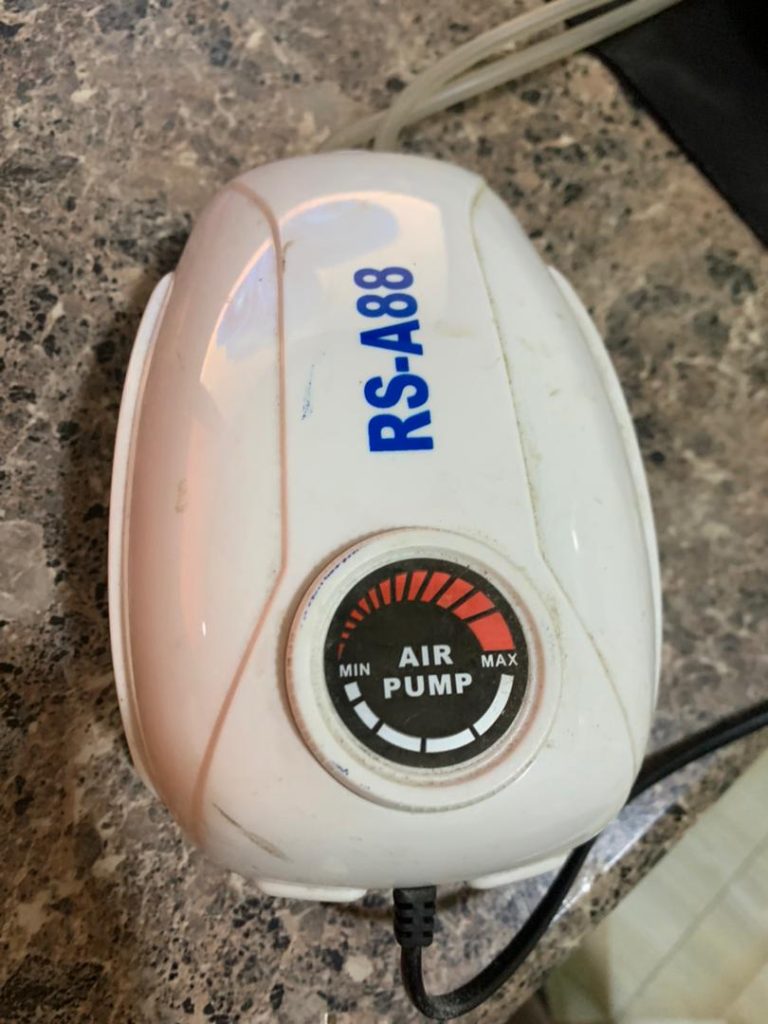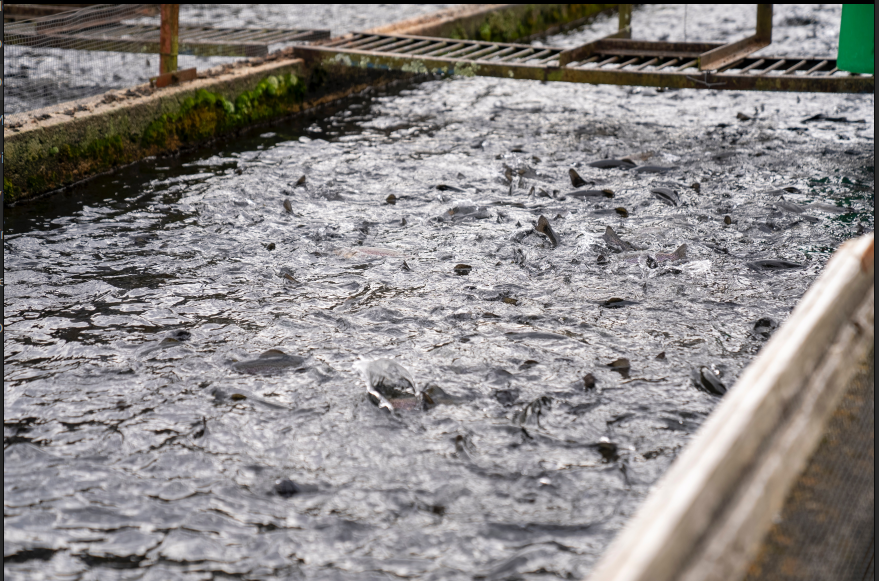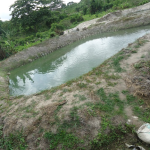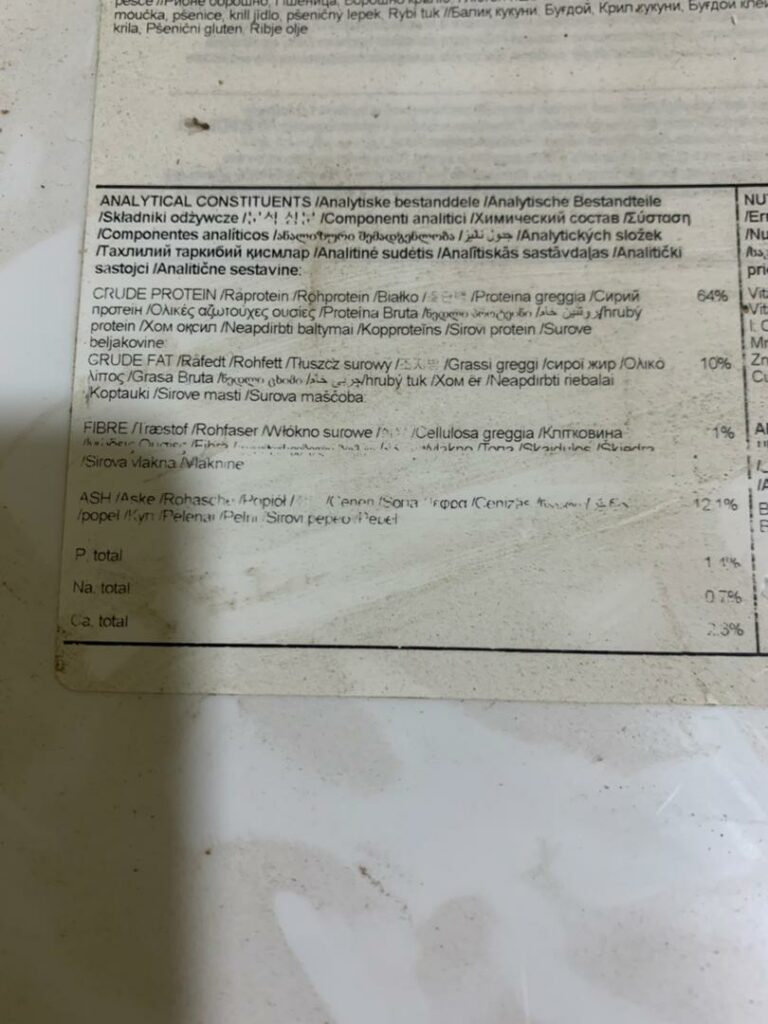Your cart is currently empty!
Master Catfish Farming in Ghana; 3 Tips and Strategies to Boost Your Profits and Avoid Losses in Your Catfish Business
As farmers we take great pride in our craft and passion, but regardless of this, we too must make profits, if you look at the cost of feeding 1000 catfish in Ghana to table size, it is safe to say that catfish farming in Ghana is not profitable. However, we have been able to decipher the ways through which we can make profits. In this article, we would should you how to master catfish farming in Ghana, and provide you with the tips and strategies to boss your profits and avoid losses.
While others have written about this, the challenges in Ghana remain unique and require a unique approach,
If you prefer audio-visuals, kindly watch out Youtube video below on the topic to come to a full understanding of the tips and strategies to boost your profits and avoid losses in your catfish business.
Master Catfish Farming in Ghana
Our recent article on the cost of feeding 1000 catfish in Ghana to maturity, highlighted some grave situations, for instance, it cost between 20,000 and 28,000 Ghana cedis to feed 1000 catfish to table size in Ghana, and even with a low mortality rate of 10%, our expected revenues was 36,000 cedis.
Factoring in other cost, like cost of transporting the fish feed, the cost of labour, the cost of water exchange etc, it became obvious that there should be a better way to grow catfish in Ghana profitably, and this article, dives right into that.
Tips and Strategies to Boost Your Profits and Avoid Losses in Your Catfish Business
Produce Your Own Fingerlings
The market cost of 1 catfish fingerlings in Ghana ranges between 2 and 3 cedis, depending on the source, if you are planning to grow anywhere above 5,000 catfish fingerlings to maturity, we recommend that you produce your own fingerlings to cut down the cost.
With a modest set up, the cost of producing 5,000 fingerlings would need exceed 5,000 cedis, at current market prices. This would cut your cost of fingerlings down from the 15,000 cedis to less than 5,000 cedis.
What’s more? You get to choose only quality fingerlings to stock your ponds. Any experienced fingerlings producer would tell you that when you produce fingerlings, you get what we call ‘shooters’ these are your strong and fast growers. These shooters are better able to convert feed to weight far easier than their other counterparts.
However, if you buy fingerlings in bulk from a hatchery, you have no idea the quality of the fingerlings you have purchased, and if you are not lucky, you could easily be left with poor quality fingerlings who might have poor growth and thus negatively impact your earnings.
As a catfish farmer who grows your own fingerlings as well, you have the privilege to stock your pond with just the shooters, and then as they grow, you feed the others to them, they would swallow them, and grow even faster, thus giving you more profits.
Utilize Alternative Feeds for the Catfish
We have proven that depending entirely on commercial catfish feed would not make your catfish farming business profitable in Ghana, in fact, it is the very reason we are writing this article to help you master catfish farming in Ghana, and also help you with tips and strategies to boost your profits and avoid losses in your catfish business.
One major thing you can do to reduce your losses is to switch to alternative feeds for the catfish. Alternative catfish feeds are usually naturally available feeds that the catfish would have eaten anyways have they been in the wild, most popular amongst them in Ghana are;
- Azolla
- Duckweeds
- Maggots (BSF Larvae)
- Earth worms
and many more.
Azolla / Duckweeds
Duckweeds and Azolla falls into the same category of phytoplanktons. Catfish naturally prefer eating these plants and would feast on them and in turn drastically cut down your cost of production by almost 30%.
To achieve such, what we do at Farm Armelio is to first grow the duckweeds to cover the entire pond surface, to ensure that there is enough for the fingerlings to eat before they are introduced.
However, duckweeds and azolla when left to cover the entire surface of the pond for long, deprives the pond of oxygen, to overcome this, we put in aerators to replace the oxygen.
For best practices, we place these aerators in the pond at least a week before the introduction of the fingerlings, and throughout the production process we utilize these aerators for best results.

BSF Larvae (Maggots)
BSF Larvae are high protein alternatives to commercial fish feed, although they have up to 60% crude protein when dried, it should always be used in conjunction with other sources such as the commercial fish feeds in a ratio of 1: 5. That is 5 parts of BSF larvae to 1 part of commercial feed.
This ratio provides the best results for us and has led to drastic decline of over 80% in the cost of our operations.
Sorting
For every production cycle, always make sure to reserve at least 2 ponds for it. Catfish are omnivores animals, but with highly predative behaviours. If left unchecked, catfish predatory behaviour can lead to mortality rates as high as 50%, without the farmer knowing.
The only way you get to know this predatory behaviour is when you are harvesting and you can not account for the losses. You might even think the losses are due to theft, because when catfish kill each other, they do what we call ‘deep sea burial’, thus you the farmer might be oblivious to what is going on.
To prevent this, you need to sort to equal size and weights at least twice to limit this predatory behaviour. Let equally sized catfish live in the same pond.
Failure to sort catfish simply means losses for the farmer, and anything that can limit losses, is indeed a profit to the farmer.






Leave a Reply